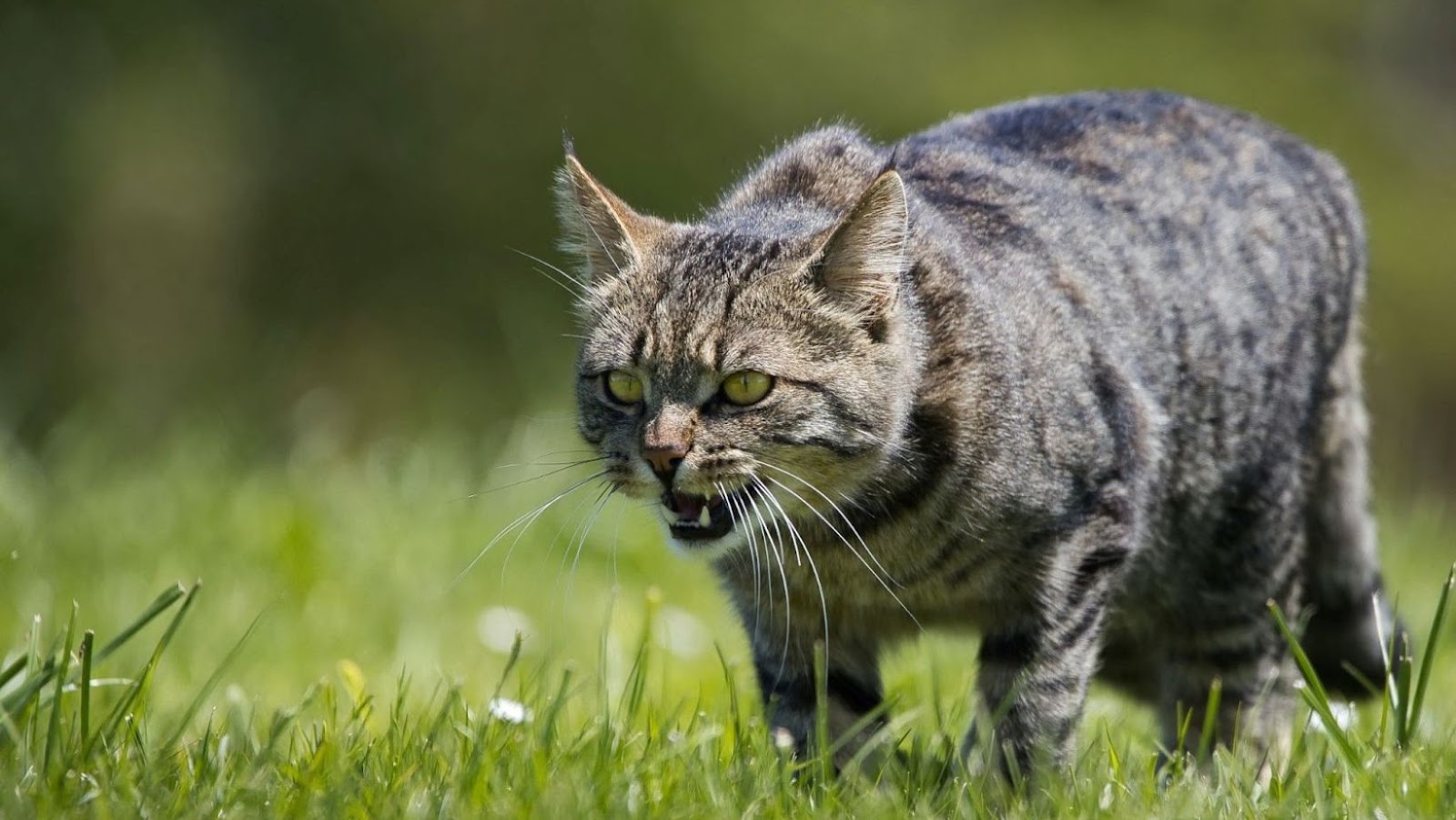
It is not easy to share your house with a feline family member. You always have to put your cups in the sink or middle of the table and accept that cat hair will be everywhere.
You also need to invest time to learn your cat’s body language for a good understanding and stronger bond. It can be a tail flick, head bop, slow blinks, etc. You have to keep an eye on every detail.
You should know about these primary things about your feline friend’s communication.
1.Cats Communicate With Their Tales
Tail language is the primary step in understanding your cat’s body language. You can conclude what your feline friend is up to with a wag, puff, or a single flick.
Every posture, movement, and walking style tells you something. Some tail messages are easier to understand than others. For instance, unlike dogs, cats do not wag their tails when they are happy. They wag it rapidly when they are unhappy.
You should give your cat space in that situation. The tail position also tells us about the cat’s mood. Your cat is happy and confident if it holds its tail high and upright. Your cat is uneasy with the environment or circumstances if its tail levels with the spine.

2.Watch for These Signs of Extreme Physical Distress
For obvious reasons, your cats can not tell you when they are ill or hurt or feeling uncomfortable. They remain stoical and suffer alone. Their instinct is to hide pain because they belong to a predator family.
However, they can not hide the symptoms when the pain is severe. Several people miss interpreting these signals, which makes your cat feel more alone. One of the most noticeable stress signals is head pressing.
Your cat pressing its head against a solid object or wall is a serious sign that you should not ignore at all. It is a sign of neurological stress. It can be because of stroke, brain tumor, or poisoning. You should call your vet right away if you notice something like this.
3.Squinting One Eye
It is an alarming situation if your cat squints an eye. It can be because of eye irritation, bacterial infection, etc. It can also mean more severe issues like glaucoma, corneal ulcer, blepharospasm, and more. You need to be attentive if you find your cat squinting one eye before something serious happens.
4.Notice Your Cat’s Posture
Your cats’ overall posture gives you a decent understanding of what they want to say. You can notice changes in the way they hold their heads, breathe, or tension in their body.
A relaxed cat breath slowly, keeping its head high, ears forward, and muscles loose. This posture will change if your feline friend is stressed or nervous. You might see changes in its breathing patterns and sitting or standing position as your cat will sit or stand in a more hunched position.
5.Erected Fur
You need to be careful if your cat is displaying angry behavior. Never provoke an angry cat by shouting, staring, touching, or making sudden movements. Touching or comforting an angry cat acts like gasoline in a fire. Several reasons are there for an angry cat, and you should focus more on making the situation normal.
You should remove any visible threats and retreat slowly to give your cat the space and time it needs. You might also need to visit your vet if your cat displays angry behavior regularly.
Here are some symptoms of an angry cat.
1) An angry cat stays rigid and holds its tail stiff and straight. It can also curl its tail under or around its body,
2) It could be silent, spitting, hissing, or growling,
3) It will try to look larger and fierce with fur erect and stiffed legs,
4) Its ears will be more tensed, and the whiskers will be stiff and away from the face.

Conclusion
Reading the body language of a pet you own is a necessary thing you need to learn. Your pets can not come to you and tell you about the problems they are experiencing. Regular communication with your vet is also a primary step for maintaining the well-being of your pets.























